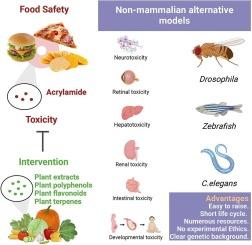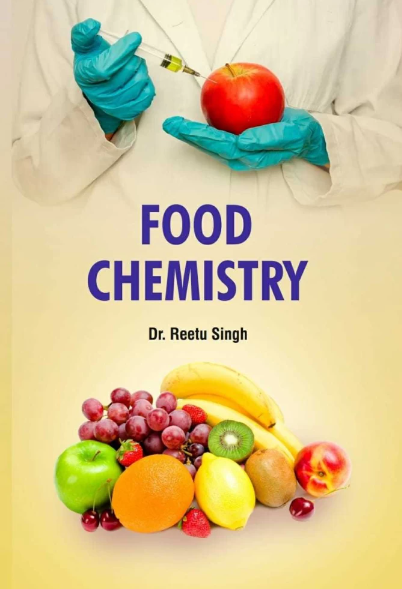利用替代性体内动物模型研究食品安全和毒性:聚焦热加工污染物丙烯酰胺
IF 8.5
1区 农林科学
Q1 CHEMISTRY, APPLIED
引用次数: 0
摘要
啮齿类动物模型历来被用来评估食品化学物的毒性,但这种方法成本高、耗时长,而且会引发伦理问题。另外,非哺乳动物模型,如黑腹果蝇、红腹锦鸡和秀丽隐杆线虫,已被证明适用于研究食品危害的毒性。它们的优点包括成本低、生命周期短、适应高通量筛选,以及遵循替换、减少和完善的 3R 原则。在研究常见食品污染物丙烯酰胺的毒性时,对这些模型进行了广泛的研究。本文全面回顾了非哺乳动物模型的生物学特性、利用这些模型进行丙烯酰胺毒性研究的最新进展和挑战,并探讨了天然植物化合物在改善丙烯酰胺毒性方面的潜力。该综述旨在指导利用非哺乳动物模型进行食品安全评估的研究。本文章由计算机程序翻译,如有差异,请以英文原文为准。

Utilizing alternative in vivo animal models for food safety and toxicity: A focus on thermal process contaminant acrylamide
Rodent models have traditionally been used to assess the toxicity of food chemicals, but this approach is costly, time-consuming, and raises ethical concerns. Alternatively, non-mammalian models such as Drosophila melanogaster, Danio rerio, and Caenorhabditis elegans have been shown to be suitable for studying the toxicity of food hazards. Their advantages include low cost, short life cycles, adaptability to high-throughput screening, and adherence to the 3R principles of replacement, reduction, and refinement. These models have been extensively studied in the context of acrylamide toxicity, a common food contaminant. This article comprehensively reviews the biological characteristics of non-mammalian models, recent advances and challenges in acrylamide toxicity research using these models, and explores the potential of natural plant compounds in ameliorating acrylamide toxicity. The review aims to guide research using non-mammalian models for food safety assessment.
求助全文
通过发布文献求助,成功后即可免费获取论文全文。
去求助
来源期刊

Food Chemistry
工程技术-食品科技
CiteScore
16.30
自引率
10.20%
发文量
3130
审稿时长
122 days
期刊介绍:
Food Chemistry publishes original research papers dealing with the advancement of the chemistry and biochemistry of foods or the analytical methods/ approach used. All papers should focus on the novelty of the research carried out.
 求助内容:
求助内容: 应助结果提醒方式:
应助结果提醒方式:


